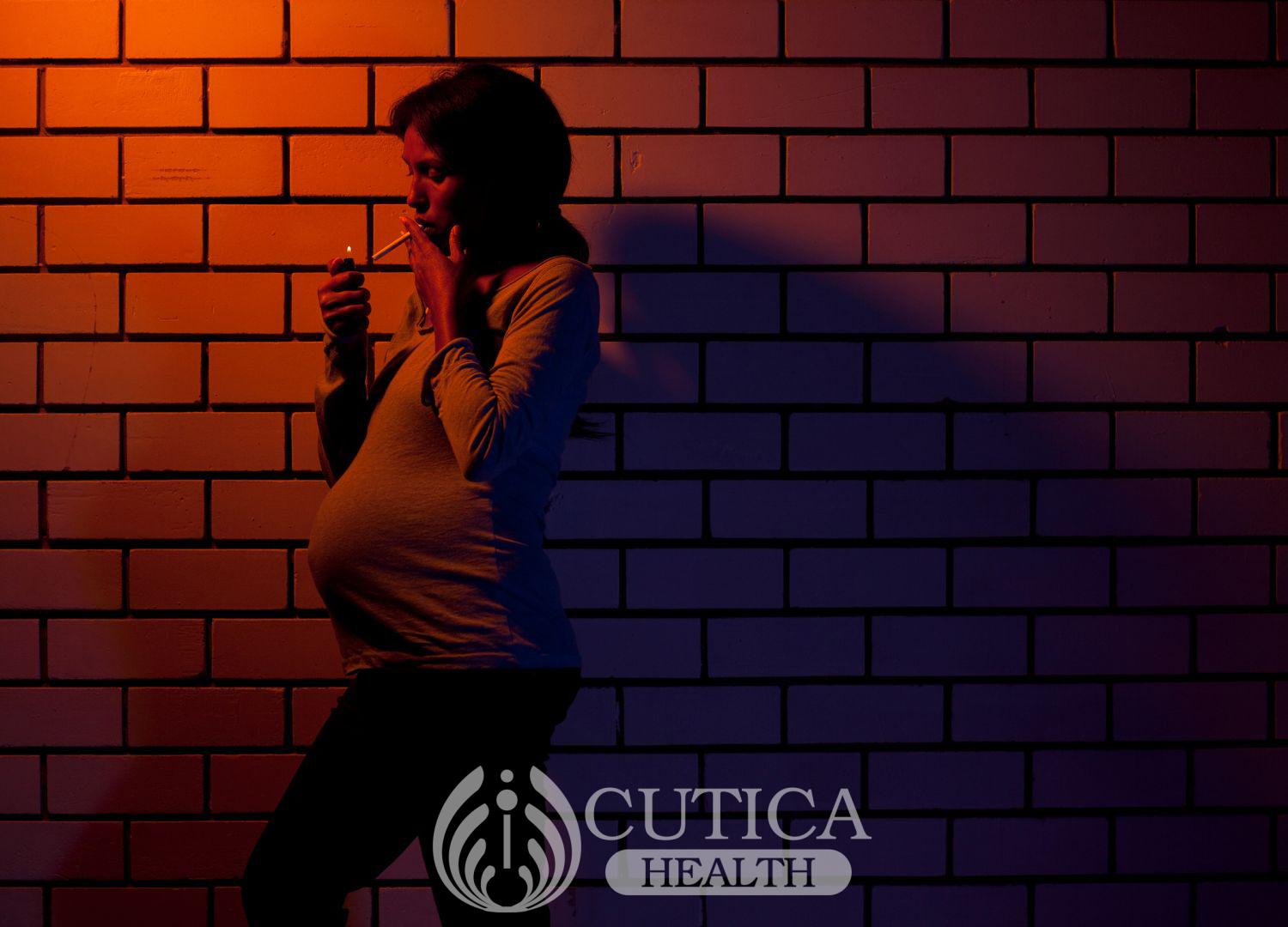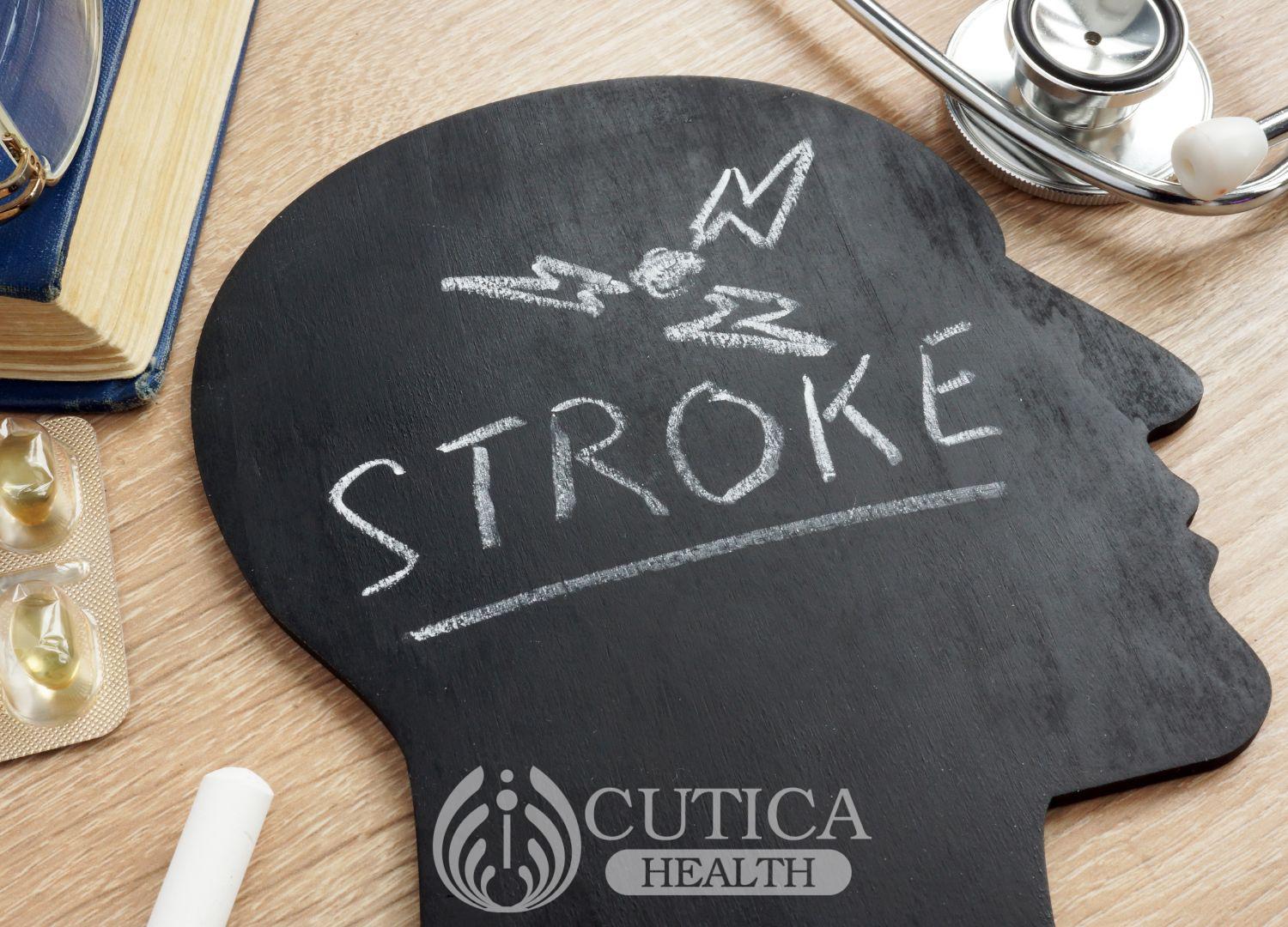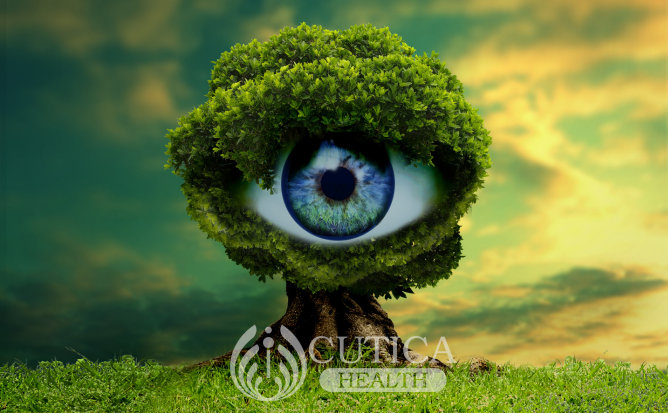
The eyes are a very important pair of organs in the body with some describing it as the window to the soul. And it is the window through which we interact with the world. The eyes not only serve as the organ of sight; it is also an organ of balance through visual input. The eye enables seeing by light detection, night vision, focus and depth perception. The eyes are very sensitive with certain harmful events capable of damaging them. This brings to the fore the importance of safe guarding the eyes from childhood to adulthood.
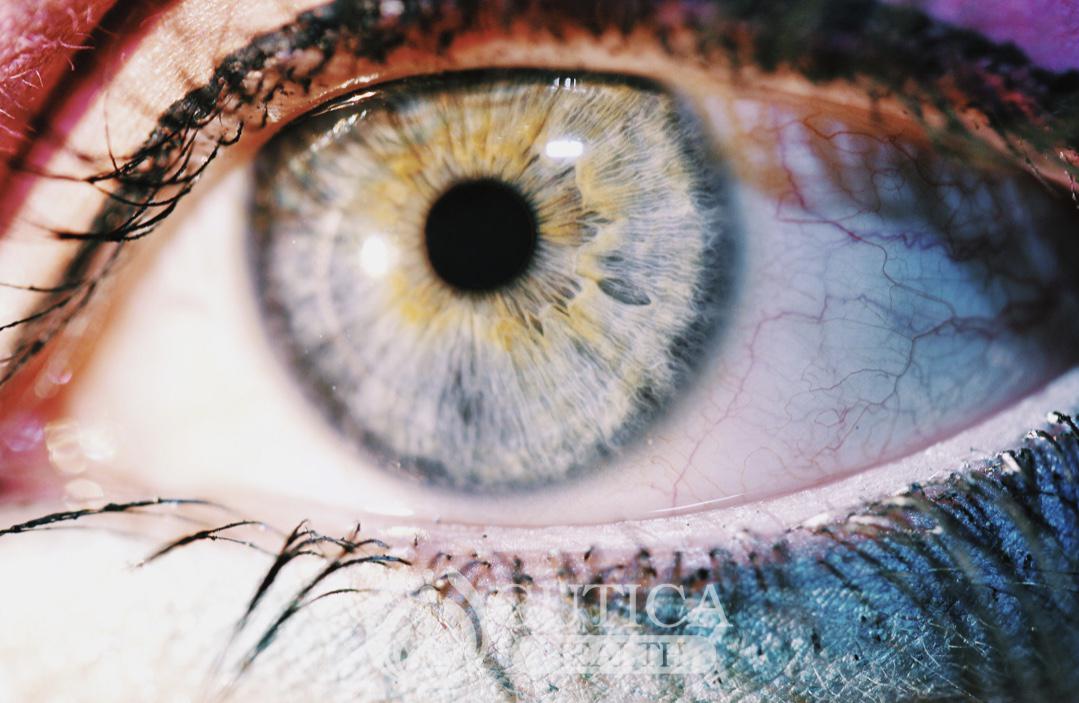
Some signs that suggest something sinister going on with the eyes include:
“Cat Eye Reflex” During childhood, a lot of sinister conditions can present with striking features and recognition of such features can be lifesaving. A good example is the “cat’s eye reflex,” also called white pupil reflex, which is a usually a sign for retinoblastoma, a type of cancer of the eye. This reflex occurs when the affected pupil (the black of the eye) shines brightly white in light instead of the normal red reflection.
White Speck in the Eye: Another signs include the white speck in the eye, which could signify cataracts which can be devastating if not properly managed. This is because during development of children, the eyes develop by input from the external environment and if there is any obstruction to the input from external environment, the eyes fail to develop properly, leading to the development of “the lazy eye”.
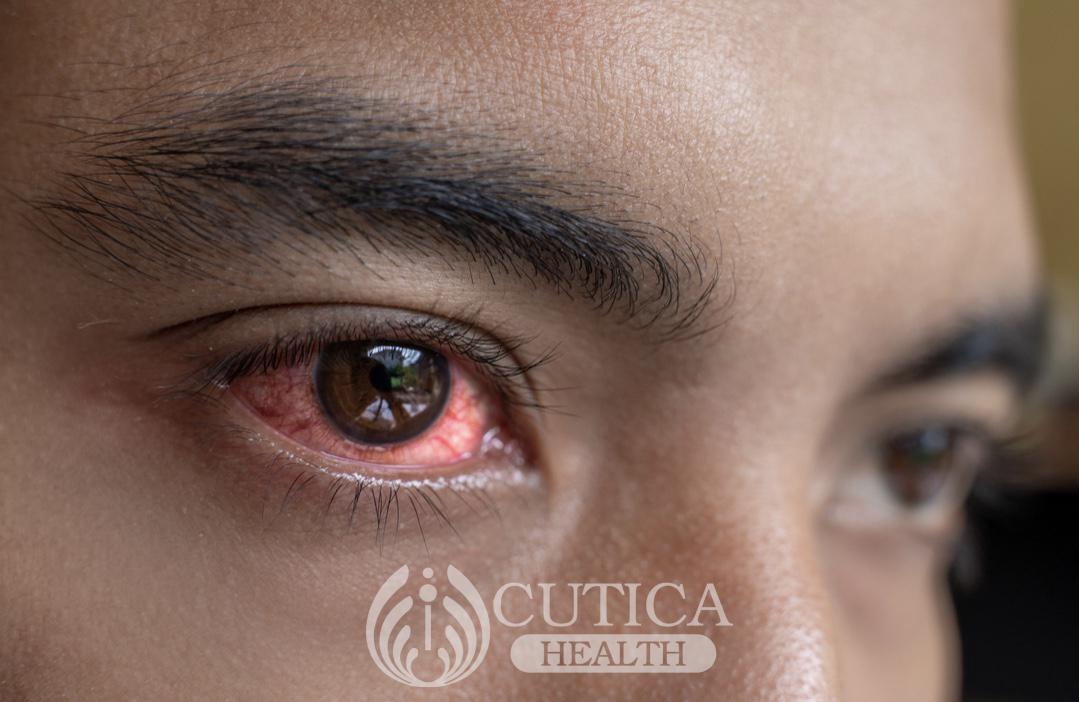
Refractive Error: During adolescence and adulthood, signs such as itching, watering and squinting are common signs of refractive errors (e.g. long and short sightedness). Others include sitting close to the television or tilting the head to one side. The child would need corrective glasses to repair the error.
Painful Red eyes: Signs such as red eyes, swollen eye lids and eye pain could be signs of infectious processes going on in the eyes. This should necessitate presentation to a hospital as soon as possible as some damage can be irreversible.
Painful or Painless Eyes with Blurred Vision: If eye pain comes with changes in vision such as blurred vision, narrowed vision, seeing haloes or rings, floaters, seeing flashes of light or sudden painful or painless loss of vision, it could suggest more serious eye conditions, such as glaucoma, cataracts, retinal detachment, etc. Other eye signs include night blindness, dry eye, headaches and eye discharge.
Glaucoma, cataracts and diabetic eye disease remain the commonest cause of eye signs among the adult population.

These signs herald potentially debilitating conditions, but prompt management ensures that these eye signs do not progress more than it should and, in some cases, attain regression of some disease process. Identifying it requires vigilance and swift action, as is appropriate for health related issues, and it is required even more in these situations. Vision loss in children and adults can be devastating and could result in significant morbidity and loss of man power for economic development. This is why the eyes should be protected at all cost.






